What is lurking underneath this new right bundle branch block?
Dr. Smith's ECG Blog
NOVEMBER 25, 2017
Peak troponin, echocardiographic findings, and long term outcome are unknown. A new right bundle branch block in a sick patient with chest pain and/or shortness of breath is a worrisome finding concerning for LAD occlusion or significant pulmonary embolism. Learning Points: 1.

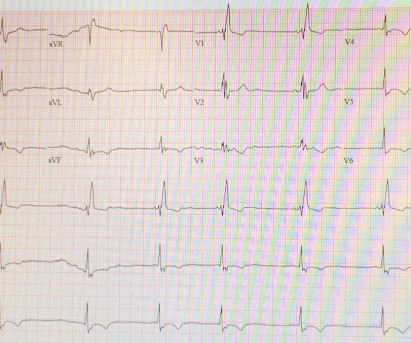
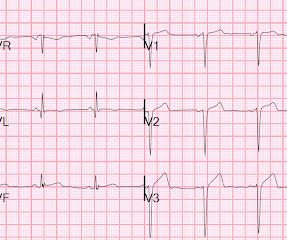
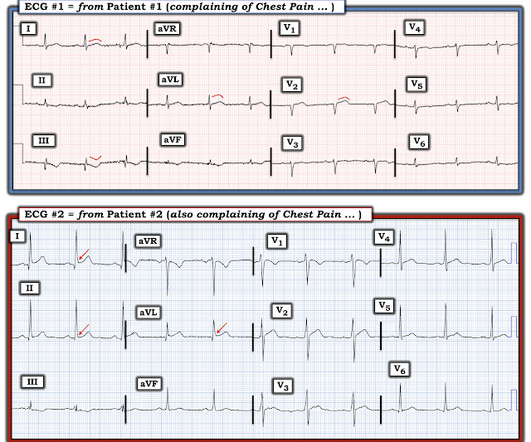
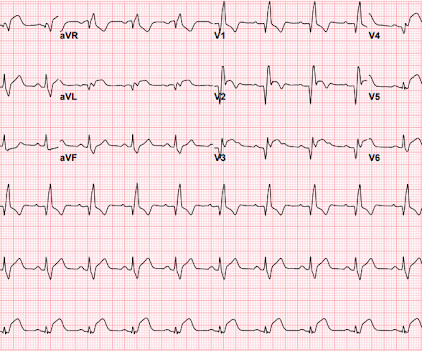
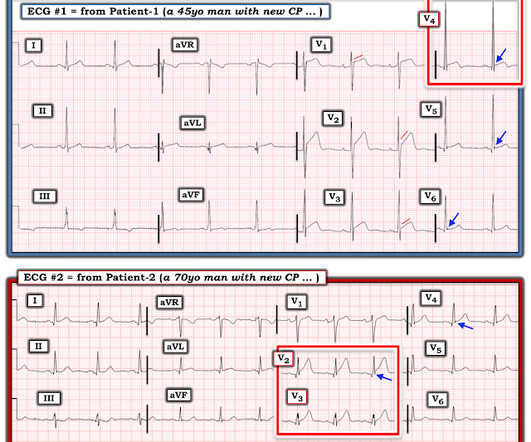






Let's personalize your content